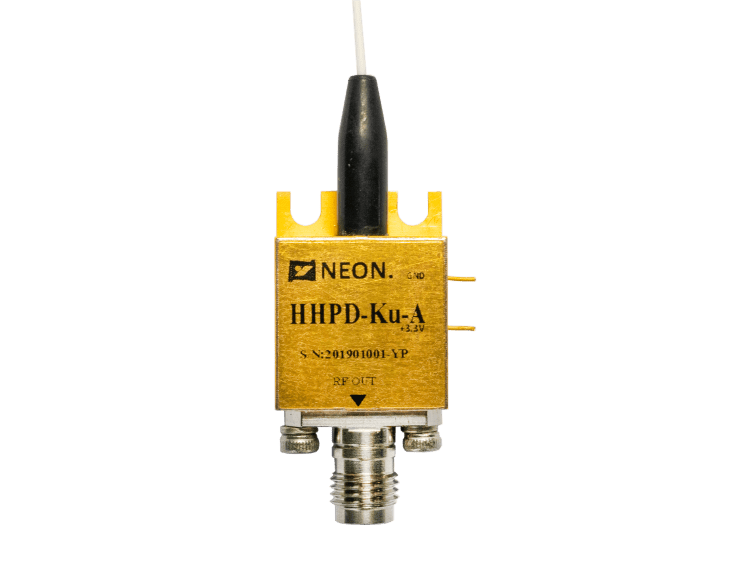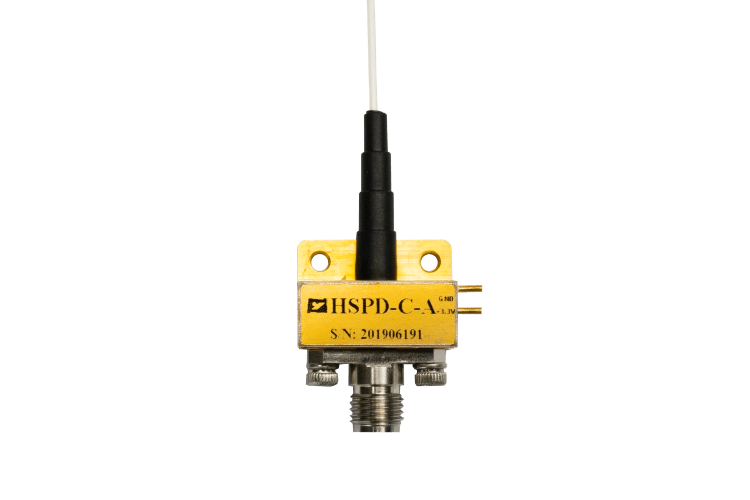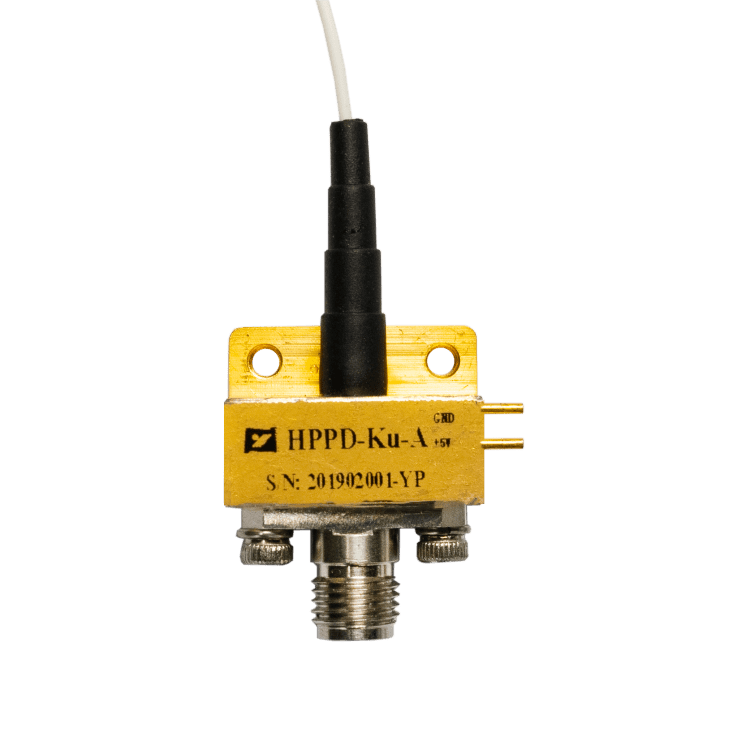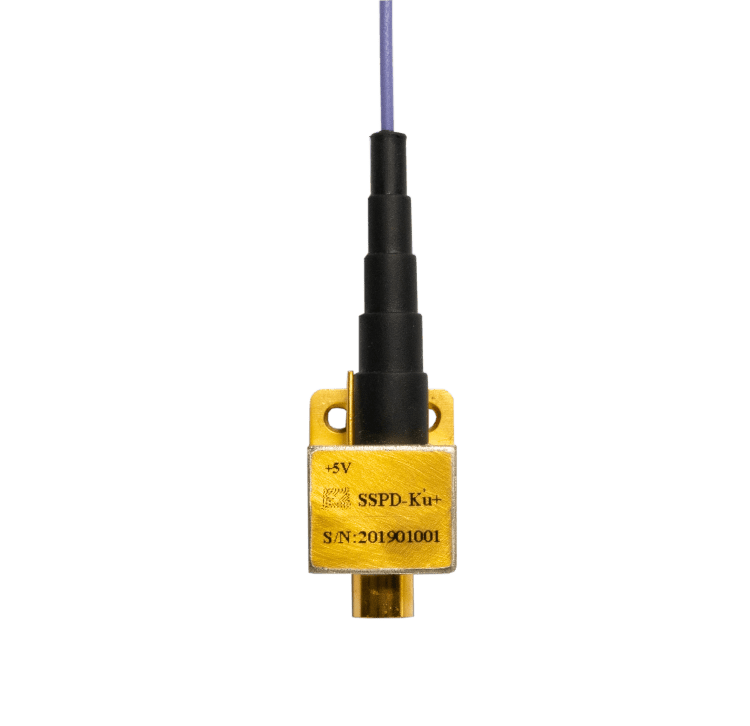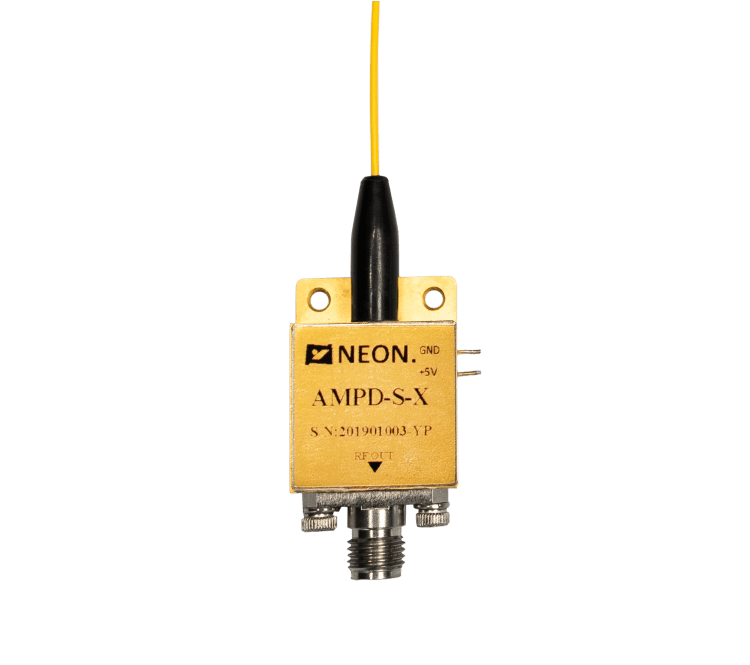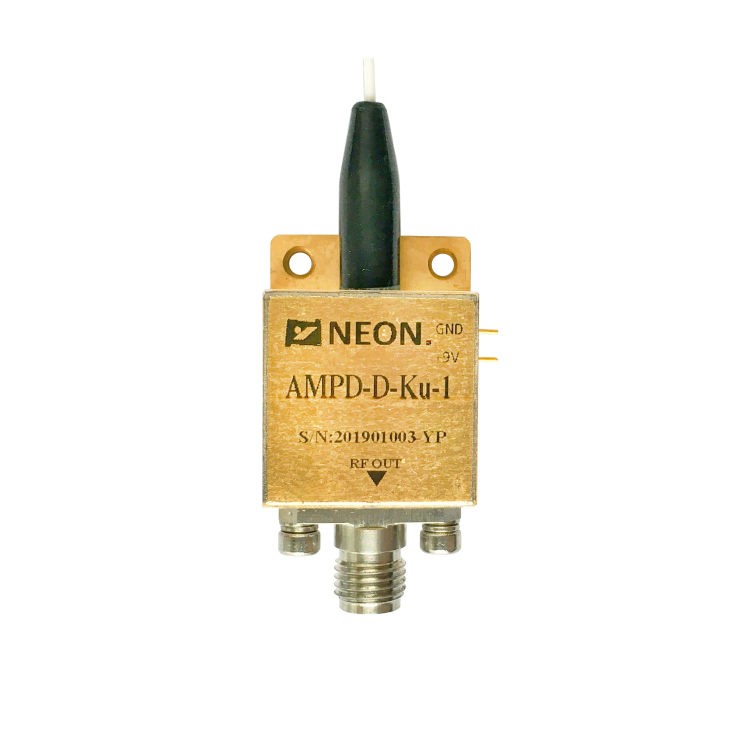What is a High-Speed Photodetector?
A high-speed photodetector is a device that converts light into an electrical signal at a very high speed. High-speed photodetectors are used in a wide range of applications, including optical communication, fiber optic sensing, and night vision.
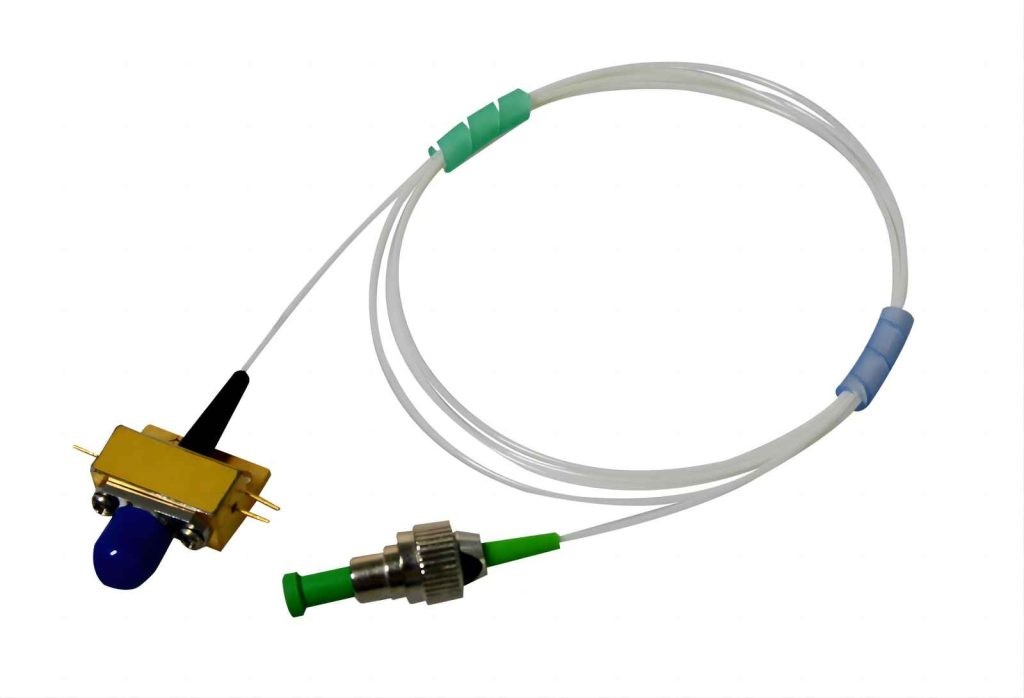
Working Principle of High-Speed Photodetectors
All photodetectors work on the principle of photoelectric effect, which states that when a photon of sufficient energy strikes a semiconductor material, it can generate an electron-hole pair. The electron-hole pair is then collected by the photodetector, generating an electrical signal.
The speed of a photodetector is determined by several factors, including the following:
- Junction capacitance: The junction capacitance of a photodetector is a measure of the amount of charge that can be stored at the junction. A lower junction capacitance results in a faster photodetector.
- Carrier mobility: The carrier mobility of a photodetector is a measure of how quickly charge carriers can move through the material. A higher carrier mobility results in a faster photodetector.
- Transit time: The transit time of a photodetector is the time it takes for charge carriers to travel from the point where they are generated to the point where they are collected. A shorter transit time results in a faster photodetector.
Types of High-Speed Photodetectors
There are many different types of high-speed photodetectors, but some of the most common include:
- PIN photodiodes: PIN photodiodes are one of the most common types of high-speed photodetectors. They are made of a semiconductor material with a wide depletion region. PIN photodiodes can be used to detect light in a wide range of wavelengths, from the ultraviolet to the infrared.
- Uni-traveling-carrier photodiodes (UTC-PDs): UTC-PDs are another type of high-speed photodiode. They are similar to PIN photodiodes, but they have a special structure that allows them to have an even faster response time. UTC-PDs are often used in applications where very high-speed detection is required, such as optical communication and optical fiber sensing.
- Avalanche photodiodes (APDs): APDs are a type of photodiode that can amplify the photocurrent signal. This makes them very sensitive, but it also makes them more complex and expensive than other types of photodetectors. APDs are often used in applications where high sensitivity is required, such as night vision and optical communication.
- Superconducting photodetectors: Superconducting photodetectors are the fastest type of photodetector available. They are made of materials that become superconducting at very low temperatures. Superconducting photodetectors are often used in research applications, but they are also starting to be used in some commercial applications, such as optical communication and medical imaging.
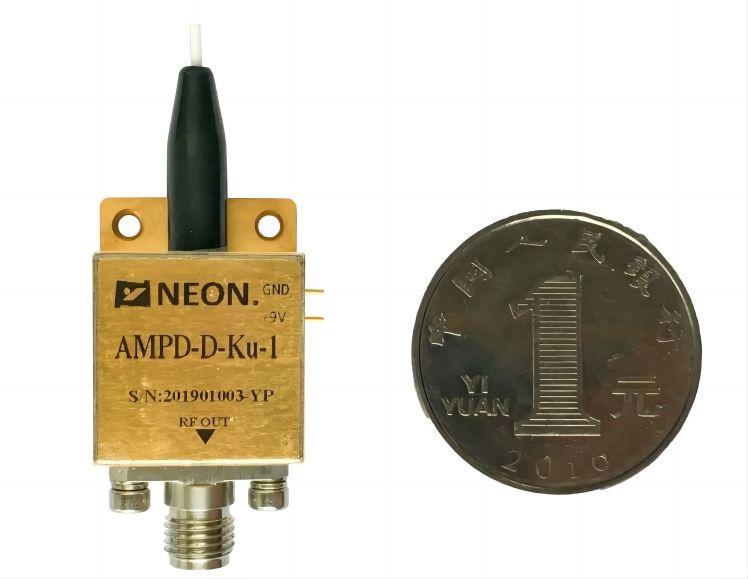
Applications of High-Speed Photodetectors
High-speed photodetectors are used in a wide range of applications, including:
- Optical communication: High-speed photodetectors are used in optical communication systems to receive optical signals and convert them into electrical signals. Optical communication systems are used to transmit data over long distances at very high speeds.
- Fiber optic sensing: High-speed photodetectors are used in fiber optic sensing systems to detect changes in the optical signal. Fiber optic sensing systems are used in a variety of applications, such as industrial monitoring, environmental monitoring, and security.
- Night vision: High-speed photodetectors are used in night vision systems to amplify the low levels of light that are available at night. Night vision systems are used by military and law enforcement personnel, as well as by civilians for activities such as hunting and camping.
- Other applications: High-speed photodetectors are also used in a variety of other applications, such as medical imaging, spectroscopy, and rangefinding.
How to Choose the Right High-Speed Photodetector?
When choosing a high-speed photodetector, there are a number of factors to consider, including:
- Wavelength: The wavelength of light that the photodetector will be used to detect is a critical factor, as it determines the type of photodetector that can be used. Different photodetector materials are sensitive to different wavelength ranges. For example, silicon photodetectors are sensitive to visible and infrared light, while gallium arsenide photodetectors are sensitive to near-infrared and infrared light.
- Speed: The speed at which the photodetector needs to be able to respond to light is another critical factor. It is determined by the rise time of the photodetector, which is the time it takes for the output signal to reach 90% of its peak value in response to a step input signal. High-speed photodetectors have rise times of a few picoseconds to a few nanoseconds.
- Sensitivity: The sensitivity of the photodetector is its ability to detect small changes in the light intensity. It is measured in amps per watt (A/W) and is a function of the wavelength of light and the type of photodetector. High-sensitivity photodetectors are able to detect even the smallest changes in light intensity, making them ideal for applications such as night vision and optical communication.
- Noise: The amount of noise that the photodetector generates is also an important factor to consider. Noise is any unwanted signal that is generated by the photodetector, and it can reduce the sensitivity of the photodetector. High-noise photodetectors are not suitable for applications where high sensitivity is required.
- Cost: The cost of the photodetector is another important factor to consider. High-speed photodetectors are typically more expensive than low-speed photodetectors. However, the cost of the photodetector should be balanced against the requirements of the application.
It is also important to consider the specific application that the photodetector will be used in. For example, if the photodetector will be used in an outdoor environment, it is important to choose a photodetector that is resistant to environmental factors such as temperature and humidity.
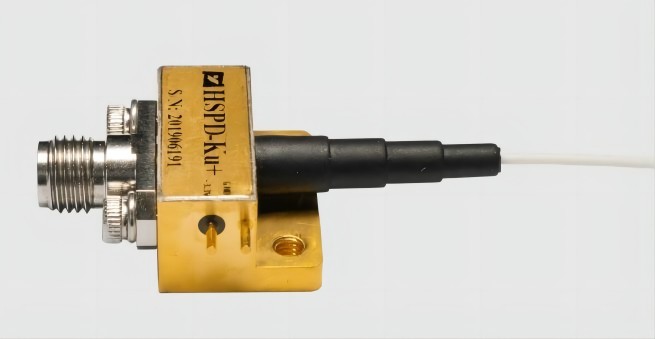
Conclusion
High-speed photodetectors are essential components in a wide range of applications. When choosing a high-speed photodetector, it is important to consider the wavelength of light that the photodetector will be used to detect, the speed at which the photodetector needs to be able to respond to light, the sensitivity of the photodetector, the amount of noise that the photodetector generates, the cost of the photodetector, and the specific application that the photodetector will be used in.


